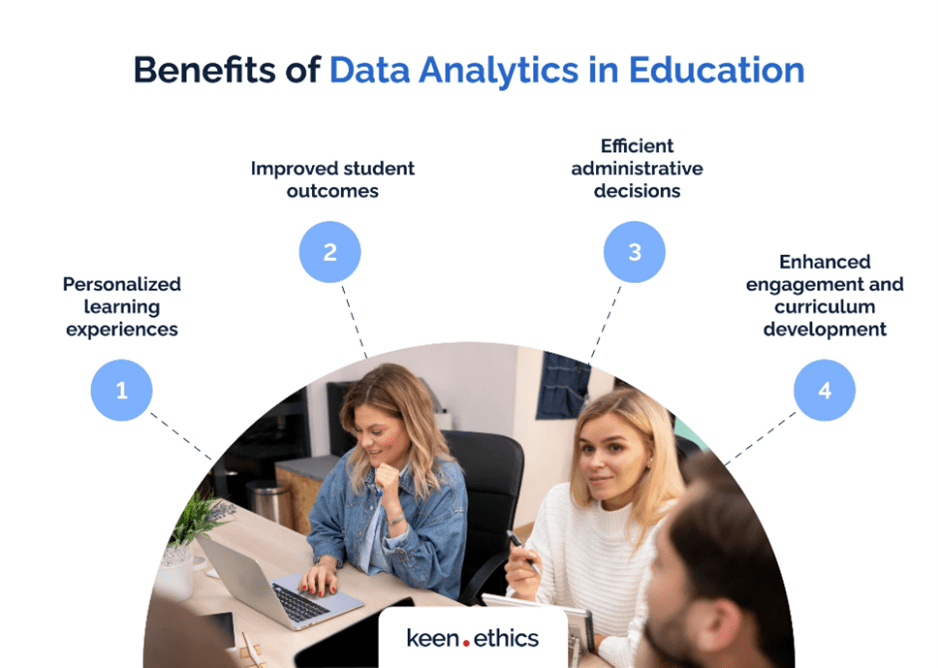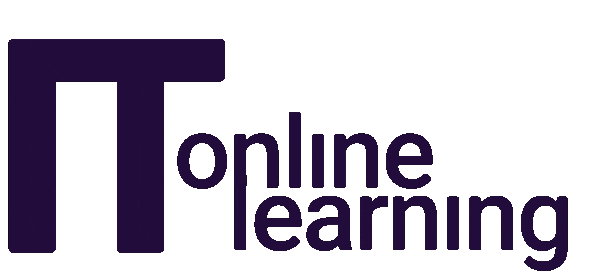
Education & Data Analysis for Academic Success
Education and data analysis is more than just numbers—it’s a powerful way to improve student outcomes and enhance the quality of education. In this blog, we’ll dive into how analysing educational data benefits students, educators, and the entire learning community, helping to create a more effective and supportive educational environment.

Education & Data Analysis for Student Success
Monitoring Learning Outcomes
Educational analysis, particularly through learning assessments, provides data on the status of student learning. This data helps check the quality of education systems and student outcomes.
Regular monitoring reveals changes over time in response to interventions, allowing educators to adapt and improve teaching methods.
Identifying Gaps and Inequalities
By analysing data, we can identify gaps in student achievement and adjust an institution’s service provision accordingly. This information helps pinpoint groups that are underserved or underperforming.
Once identified, educators can address these inequalities through targeted interventions.
Accountability and Resource Allocation
Data analysis holds educational systems accountable for resource utilisation. It shows whether increased investment in education results in measurable gains in student achievement.
Decision-makers at all administrative levels can use this information to distribute resources effectively.
Supporting Teachers and Classroom Practices
Classroom teachers use data to assess student performance, strengths, weaknesses, and progress. They can diagnose causes of below-average performance and apply remedies.
Head teachers assess overall school performance, staff effectiveness, and resource usage. They need data on achievement, teaching practices, and their own performance.
Evidence-Based Decision-Making
Data analysis allows educators to make evidence-based decisions. By collecting, analysing, and using data, they can find areas for improvement in instructional practices.
Educators can develop strategies to enhance student outcomes based on data insights.
In summary, educational analysis empowers educators to make informed decisions, improve teaching methods, and enhance student achievement.
Education & Data Analysis for the Learning Community

Image referenced from: https://keenethics.com/blog/data-analytics-in-education-6-strategies-for-success
Education data analysis plays a pivotal role in transforming raw data into actionable insights that help various stakeholders in the education system make quality decisions.
Let us look at some examples.
Teachers and Classroom Practitioners
Monitoring Student Performance
Classroom teachers use data to monitor students’ learning progress. They assess individual student performance, identify strengths and weaknesses, and track progress over time. This helps them tailor instruction to meet students’ needs effectively.
Diagnosing Causes of Poor Performance
By analysing student data, teachers can diagnose possible reasons for below-average performance. Understanding individual student backgrounds allows them to apply targeted remedies and improve teaching strategies.
Self-Evaluation
Teachers can use data for self-evaluation, finding areas where they can enhance their pedagogy or classroom management.
School Administrators and Head Teachers
Assessing Overall School Performance
Head teachers assess the school’s overall performance by examining student achievement, staff effectiveness, and resource use. They set and monitor school practices, programs, and policies.
Resource Allocation
Data-driven insights help administrators distribute resources effectively. They can recognise areas where extra support or investment might be needed.
Accountability
Data holds the education system accountable for how they use their resources. It shows whether increased public investment in education has resulted in measurable gains in student achievement.
Identifying Underserved Groups
Data reveals gaps in student achievement and institutional service provision. Administrators can effectively recognise underserved groups and identify those who are underperforming, thus allowing targeted interventions.
Parents and Communities
Understanding Student Achievement
Parents and communities require information on students’ achievement, strengths, weaknesses, and any behavioural issues. This transparency fosters trust and engagement.
Advocacy and Decision-Making
Access to data empowers parents and communities to advocate for better educational outcomes. It informs decision-making at local and national levels.
Policy Makers and Researchers
System Analysis
Data analytics enables education system analysis, including what students are learning and whether it aligns with community needs and aspirations.
Evidence-Based Policies
Policymakers use data to design evidence-based policies that improve educational quality and equity.
Research and Innovation
Researchers use educational data to study trends, evaluate interventions, and drive innovation in teaching and learning methods.
Conclusion
Education Data Analysis is a powerful tool that empowers everyone involved in the educational process. By transforming raw data into actionable insights, it enables educators to tailor their teaching methods, administrators to distribute resources more effectively, and policymakers to craft evidence-based strategies. Ultimately, this approach enhances student support and drives continuous improvement across the educational landscape, ensuring that every student can succeed.




